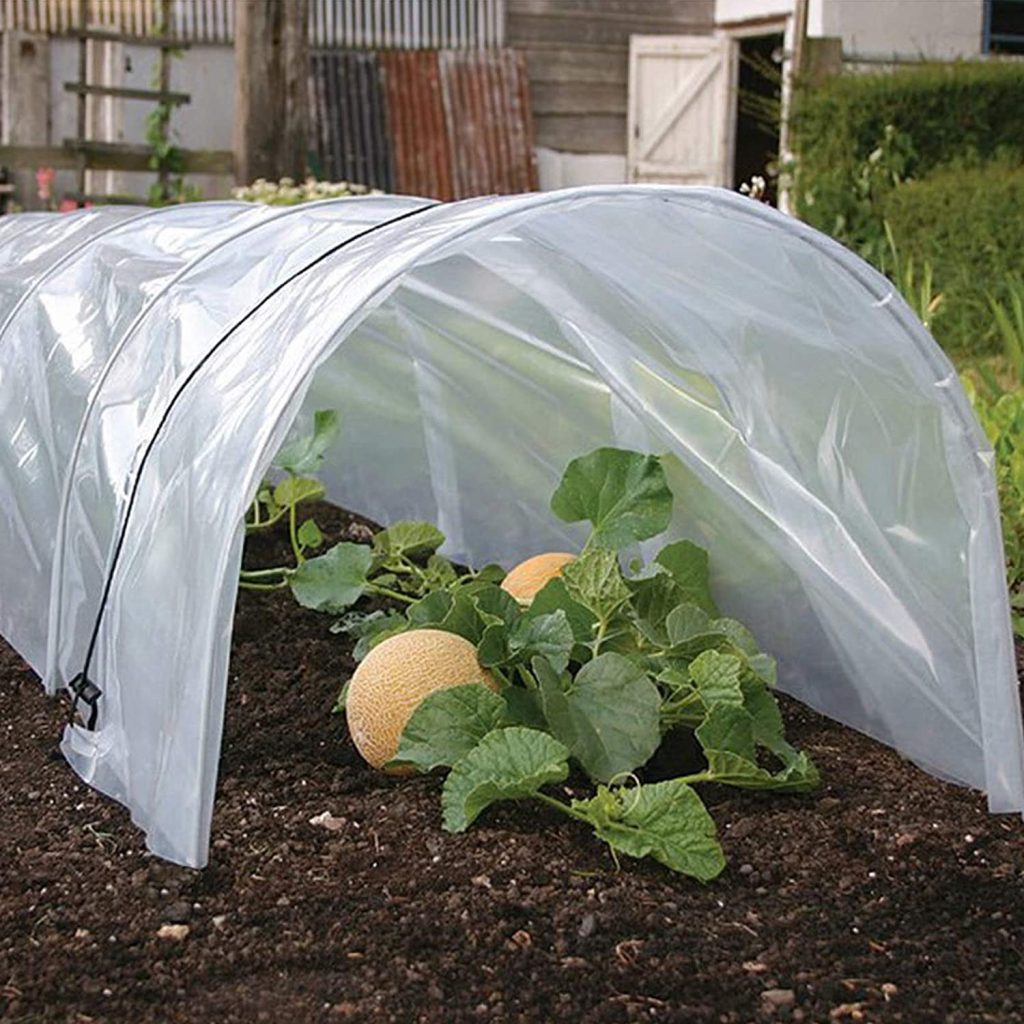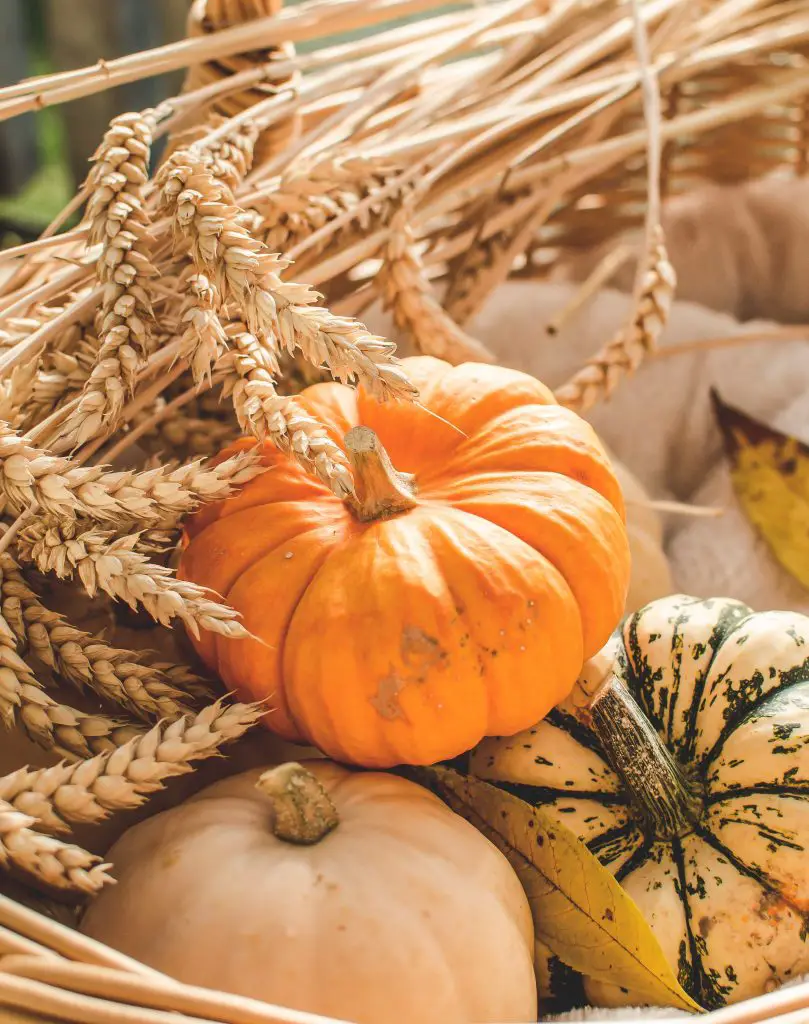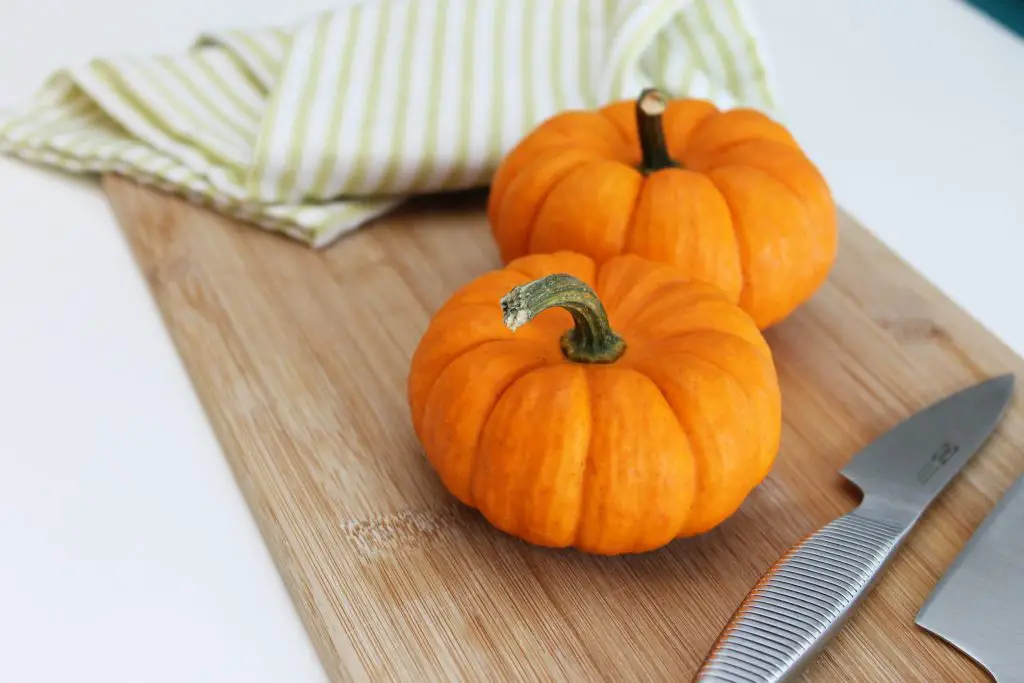Is It Too Late To Plant Pumpkins? Will I Get Fruit This Year? Pumpkins are an incredibly easy plant to grow in the garden and they will produce masses of fruit throughout the season which can be stored for months on and making them a really attractive option in terms of vegetables that you grow in your own garden. However, if you have been a little slow to plant your pumpkin seeds you may ask is it too late to plant them and still get a harvest.
It is possible to get a harvest from pumpkin seeds if you plant them by early to mid-summer in most regions as pumpkins typically take 100 to 120 days to produce fruit. However, to ensure that the fruit ripens towards the end of the season when it’s getting cold it is important to protect the plants from the cool weather as long as possible by using things like row covers which will keep the plants warmer for longer.
As the plants are relatively large towards the end of the season you will typically need to use a relatively large row cover that you can peg into the ground around the trailing Vines relatively easily. The product we recommend for this is shown below.

Extend Your Season With Growsun Row Covers
The other alternative if you are really struggling to get the pumpkins in time is to see if it’s possible to purchase seedlings from a local garden center as that will advance the process by approximately 3 to 4 weeks which in some cases will be the difference between getting a harvest or not.
How To Grow Pumpkin Plants
Pumpkin seeds are relatively easy to grow and can be planted directly into the garden, however, if you live in a region where the weather is still a little bit variable and you may want to put the seeds into a seed tray as you can control the conditions much more accurately and optimize the rate of growth.
To plant pumpkin seeds start by filling a seed tray with good quality seed raising mix and firm it into the individual cells to ensure that it creates a solid plug as that will be easier to transplant into the garden later on and it will also minimize root disturbance.
Plant 2 to 3 seeds per cell at a depth of approximately an inch. Planting this many seeds will ensure that you get at least one seed per cell, however, if they all come up then you will need to thin to the weaker seedlings leaving just one per cell.
Once the seedlings have been planted they will typically take 7 to 10 days to come up depending upon the conditions and they usually only need to spend around 4 weeks in a seed tray before they are large enough to go out into the garden. During this period it is important to ensure that the soil remains constantly moist as that will accelerate the rate of growth as much as possible.

Planting Pumpkin Seedlings Into the Garden
When the seedlings are large enough to be planted out into the garden it is important to select a warm sunny location the plant them. However, this can only be done once the last frost has passed but if you have planted them late in the season this is typically not a problem.
In terms of soil conditions, pumpkins are relatively hungry plants that do require plenty of nutrients and moisture. It is therefore ideal to select a location that has rich moist and free-draining soil but if your soil is a little bit impoverished it is recommended that you add an additional bag of compost or two before planting seedlings into the garden.
As pumpkin plants are relatively large they typically need to be planted approximately 2 1/2 feet apart to ensure that the vine has plenty of space to spread out. Once the seedlings go into the ground it is also important to ensure that they are protected from slug and snail attacks which can be a major problem depending upon the particular circumstances in your garden at the time.
We recommend sprinkling snail bait around the seedling as soon as it goes into the garden as snails have been known to decimate entire batches of seedlings overnight.
In addition to this, it is also important to place a thick layer of mulch around the seedlings to ensure that any water that they received is retained in the soil. This is particularly important if you are planting seedlings later in the season around midsummer because of the temperatures which will be significantly higher.
The seedlings planted at this time of year will be significantly more susceptible to heat stress as their root systems will initially be relatively undeveloped. So if there is a period of extreme temperatures it is recommended that you shade the pumpkins during those periods and ensure that they get plenty of water which will make sure that the seedlings survive those difficult conditions.

Caring For Pumpkin Plants And Harvesting The Fruit
Generally, pumpkin plants can survive on their own with very little interference from you however one of the most common problems that occur with these plants is powdery mildew which can affect the yield of the plant over time in extreme cases.
If you are concerned about this one of the simplest things that you can do as a preventative measure is to spray the plants with a 50% milk solution once a week which will reduce the extent of powdery mildew significantly but it will not get rid of it completely.
Once the plants have developed significant amounts of foliage the pumpkin will begin to produce flowers followed by fruit. The fruit will initially be small and green and gradual increase in size depending upon the specific variety that you are growing.
As the pumpkins are developing they will begin to change color which is an indication that they are beginning to ripen. However, I find that the safest way to ensure that you pick the pumpkins when they are completely ripe is to allow the foliage to die back before taking the pumpkins inside.
When removing the fruit from the vine it is important to leave approximately 2 inches of stem attached to the pumpkin as this will extend the shelf life of the pumpkin substantially when in storage. The reason for this is because bacteria can get into the pumpkins first through the point at which the stem meets the fruit so having additional material there to protect that entry point has a significant effect on how long pumpkins can be stored.
In the event that the stem on the fruit is knocked off then it is not the end of the world because you simply eat those Pumpkins first before eating other ones which still have the stem on because they will last longer.
In terms of storage conditions ideally, pumpkins should be stored in a cool dark place that is relatively dry however if you don’t have a location like that around your house anywhere that is shady and dry will do fine in most cases. I personally store pumpkins on my back deck because I don’t have anywhere else to put them and they last for months on end.
I hope you found this article useful and have great success growing pumpkins at home in your own garden if you have any additional comments or questions please leave them in the section below.
Relevant Articles
What To Put Under Pumpkins To Protect Them?
Do Pumpkins Start Out Green? What Is Normal?
Can Pumpkin Be Grown In A Pot? (And Here Is How To Do It)
How Many Pumpkins Are Produced Per Plant? And How Big Are They?
